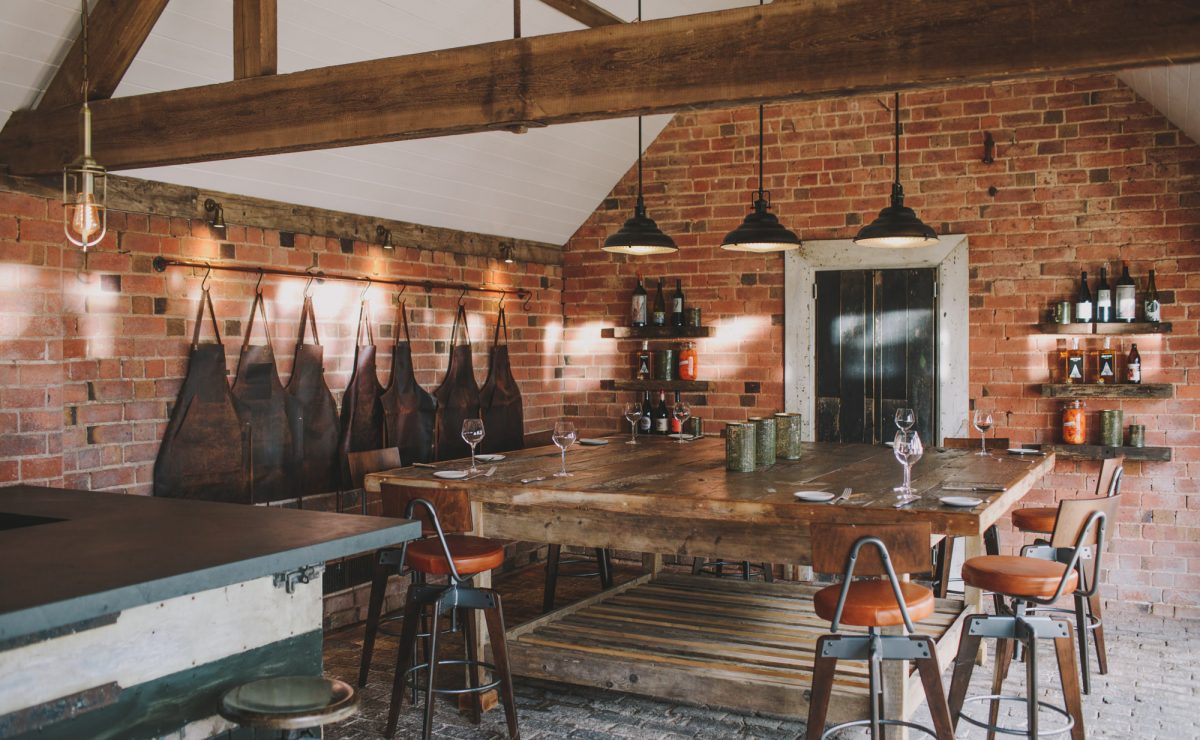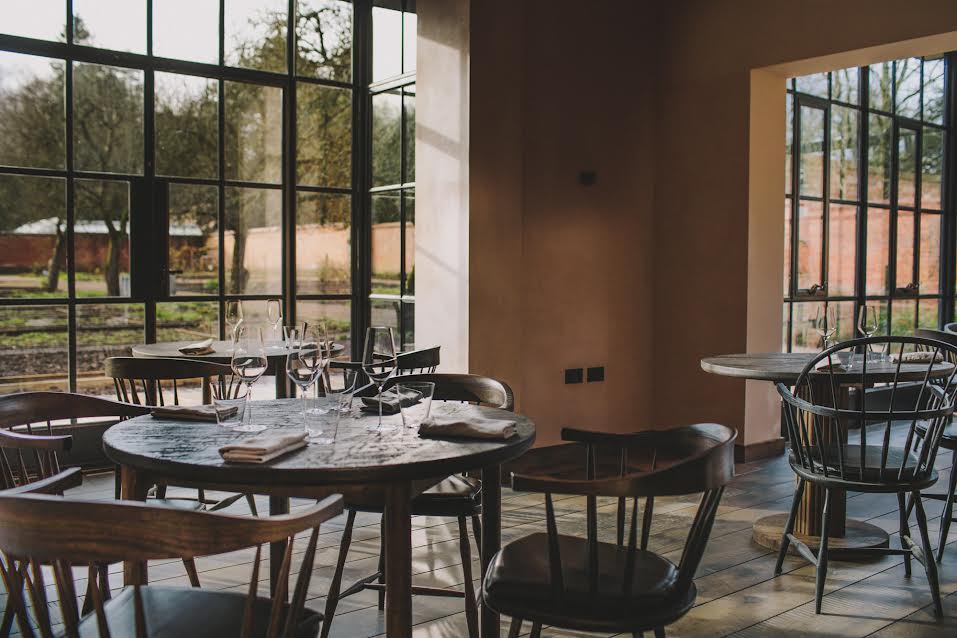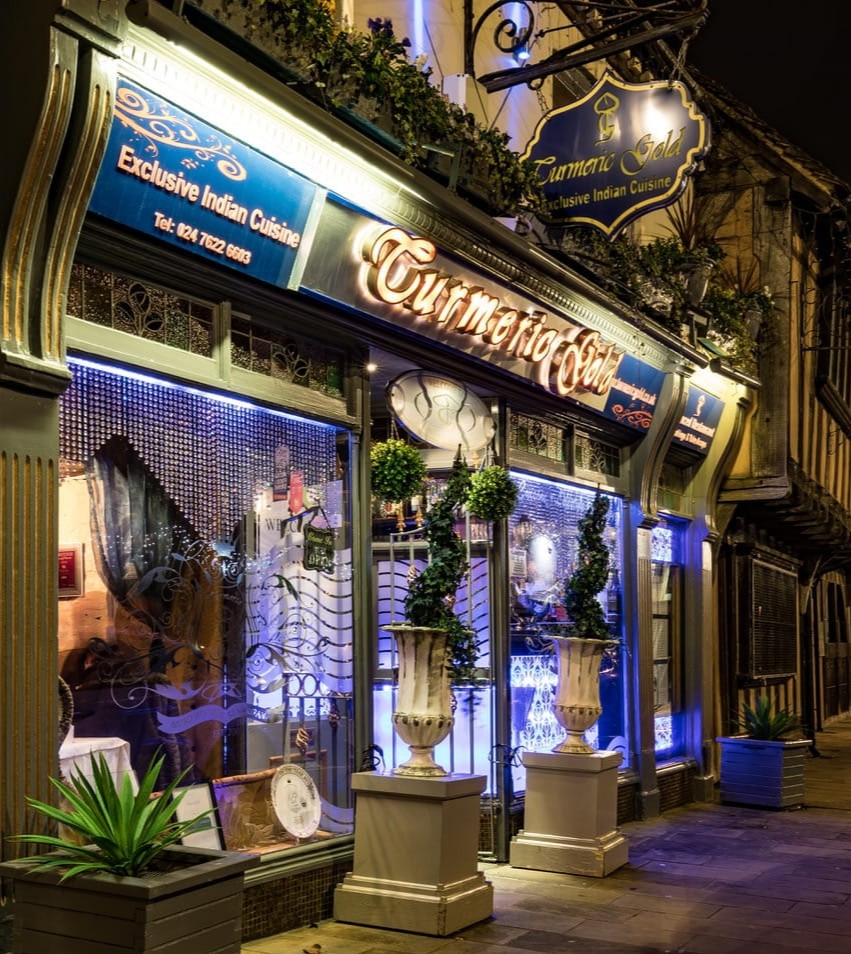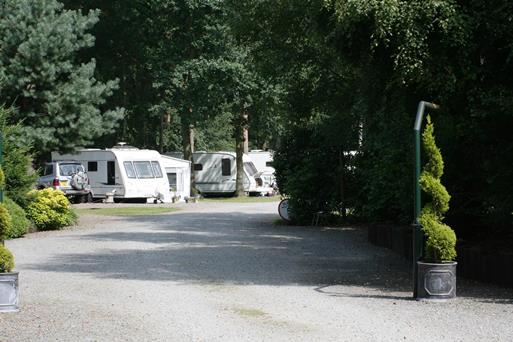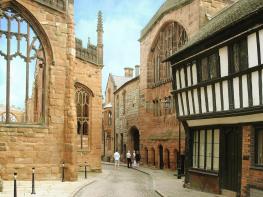A peaceful adults-only park set in the heart of England with spotless facilities. The park is…
A circuit from beautiful Berkswell

5 miles (8kms)
About the walk
There are few nicer places to visit in Warwickshire than Berkswell, with its red-roofed, white-timbered cottages, the beautiful church, intriguing five-holed stocks and two historic pubs.
Ancient well town
The old Saxon village was mentioned in the Domesday Book and has been variously called Berchewelle, Berkeswelle, Bercleswelle and finally Berkswell. It is believed that the village took its name from the 16ft (4.8m), square well that is situated behind the almshouses. The 12th-century Church of St John the Baptist displays a wonderful two-storeyed, gabled and timbered porch which dates from the 16th century. Inside this lovely building is an old crypt conceivably dating from Saxon times, some 800-year-old stone seats along the walls, a Russian flag which was brought home from the Crimean War and magnificent choir stalls decorated with poppy heads and the figures of three saints – Wulfstan, Dunstan and Chad.
Although the nearby five-holed stocks were probably originally built with six holes, it is more fun to believe the local legend that they were specially made to accommodate a one-legged man and his two drunken companions.
War links
There is a 16th-century pub in the village – The Bear Inn. The Bear has often been described as 'the perfect example of the old English inn', and the fine half-timbered building was once part of the Berkswell Estate and carried the coat of arms of the Earls of Warwick. It has links dating to the Civil War – some of Cromwell's troops were stationed at Berkswell and would have undoubtedly rested and drunk here.
A 19th-century Russian cannon, which was captured during the Crimean War in 1855 by Captain Arthur Eardley-Wilmot, the lord of the manor, stands on the front terrace of the inn. It was last fired in 1897 to mark the Diamond Jubilee of Queen Victoria. Apparently several windows in the village were shattered by the noise.
Berkswell Hall
Set in beautiful farmland on the far side of the lake is Berkswell Hall, once the family home of the Eardley-Wilmots. John Eardley-Wilmot went to school with the English writer, biographer and critic Dr Samuel Johnson in the 1720s. The hall has now been converted into private residential apartments.
Walk directions
From the car park go right onto Church Lane and, just past the school but before the church in Berkswell, go right through a kissing gate. Follow the Heart of England Way to Meriden Road via four kissing gates. Go left along the road for 300yds (274m), having crossed to the pavement on the opposite side. Go right up a farm lane, passing through a kissing gate by a cattle grid and then Blind Hall Farm.
At the end of the lane/track go through a kissing gate by the farm gate, bear sharp left and walk along the field edge to its left corner, just past a small pond. Go left over a footbridge and then through a kissing gate and continue by the left-hand side of the hedge. The waymarked footpath weaves in and out of the hedge. After continuing ahead through a wide hedge gap, walk to the field corner and go left, skirting a small pond, to reach a kissing gate by some houses in Four Oaks. Ignore the kissing gate and bear left. In 90 paces go right over a plank footbridge and stile to cross the large, cultivated field diagonally, and exit onto Meriden Road via a kissing gate. Cross over and continue down the driveway to the right of Wilmot Cottage opposite, going through a gateway onto farmland. The path goes to the right of the hedge for two fields, crossing one stile, offering a clear view of Home Farm to the left; then, over another stile, crosses a third field diagonally. In about 625yds (571m), through a smaller field, you will reach the corner of Mercote Hall Lane via a kissing gate.
Go left along the Mercote Hall Lane for about 0.5 miles (800m), passing the Park Farm complex. Pass through a wicket gate and walk along the lane past the large enclosed sand and gravel pits.
At the end of the pit area, at a track junction, go left along a footpath to the left of a copse, then right over a footbridge and stile. Cross to a gate and footbridge, ascend to a kissing gate and walk to the left of a hedge on the approach to Marsh Farm.
Just beyond the farm, turn left and follow the farm track alongside the hedge towards Sixteen Acre Wood. Cross the stile into the wood and take the track along the wood edge for some 700yds (640m). Emerging from the woodland, join the footpath for two fields, with the hedge on your left, then go through a strip of trees into former parkland via a kissing gate. Follow the path quarter-left across the cultivated field for some 650yds (594m) and you will enjoy a magnificent view of Berkswell Hall Lake. Enter trees and go left through a kissing gate to rejoin the Heart of England Way. Cross the footbridge onto a planked causeway with Berkswell Hall to your left. Continue ahead to a kissing gate. Go on through a tree belt to a kissing gate and then a gate, and back into Berkswell. Go through the churchyard to return to the car park.
Additional information
Field paths and parkland footpaths, several stiles
Gentle, rolling farmland and parkland
Off lead through Sixteen Acre Wood, otherwise under strict control
OS Explorer 221 Coventry & Warwick
Free car park near church in Berkswell
None on route
WALKING IN SAFETY
Read our tips to look after yourself and the environment when following this walk.
Find out more
Also in the area
About the area
Discover West Midlands
After Greater London, the West Midlands is the UK’s biggest county by population, and after London, Birmingham is the UK’s largest city. There’s a lot to seek out here – it has a vibrant culture, with exceptionally good nightlife. Coventry used to be more important than Birmingham, until the 18th century when the Industrial Revolution started and Brum forged ahead.
Apart from Lady Godiva, Coventry is best known for its cathedrals. The medieval parish church became a cathedral in 1918, but the Blitz on Coventry in 1940 left only the spire and part of the walls. After the war, it was decided to build a new cathedral alongside linked to the ruins.
Dudley was one of the birthplaces of the Industrial Revolution, and this history is reflected in its architecture and the Black Country Living Museum, a recreation of an industrial village, with shops and a pub, cottages and a chapel. Stourbridge is also worth a visit, mainly due to its involvement in glassmaking, which has been going on since the 17th century, and is still a part of the town’s culture; there’s a glass museum and a bi-annual glass festival.
Nearby stays
Restaurants and Pubs
Nearby experiences
Recommended things to do
Why choose Rated Trips?
Your trusted guide to rated places across the UK
The best coverage
Discover more than 15,000 professionally rated places to stay, eat and visit from across the UK and Ireland.
Quality assured
Choose a place to stay safe in the knowledge that it has been expertly assessed by trained assessors.
Plan your next trip
Search by location or the type of place you're visiting to find your next ideal holiday experience.
Travel inspiration
Read our articles, city guides and recommended things to do for inspiration. We're here to help you explore the UK.






